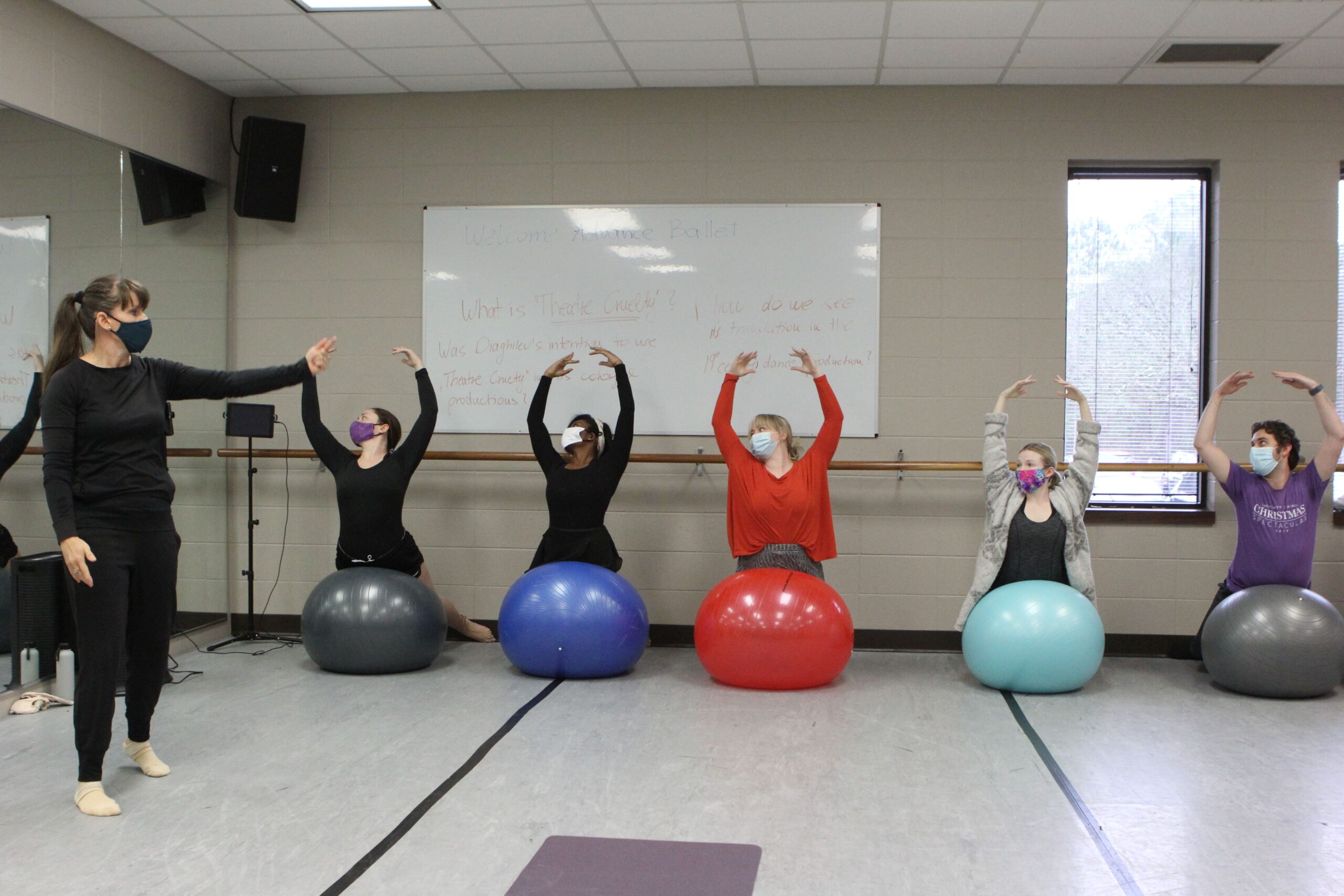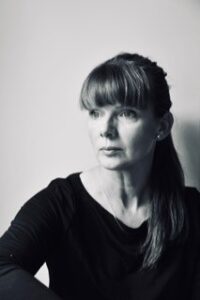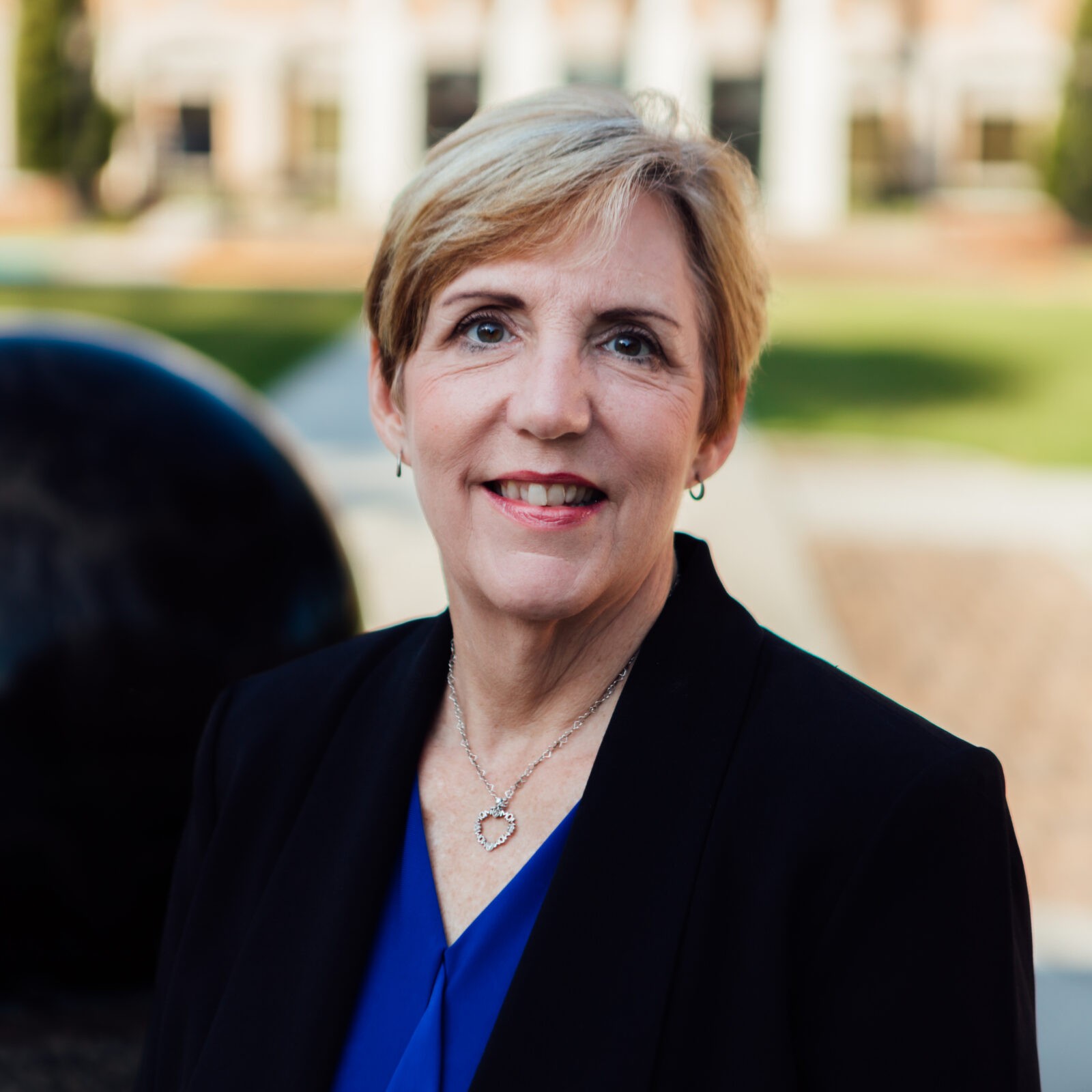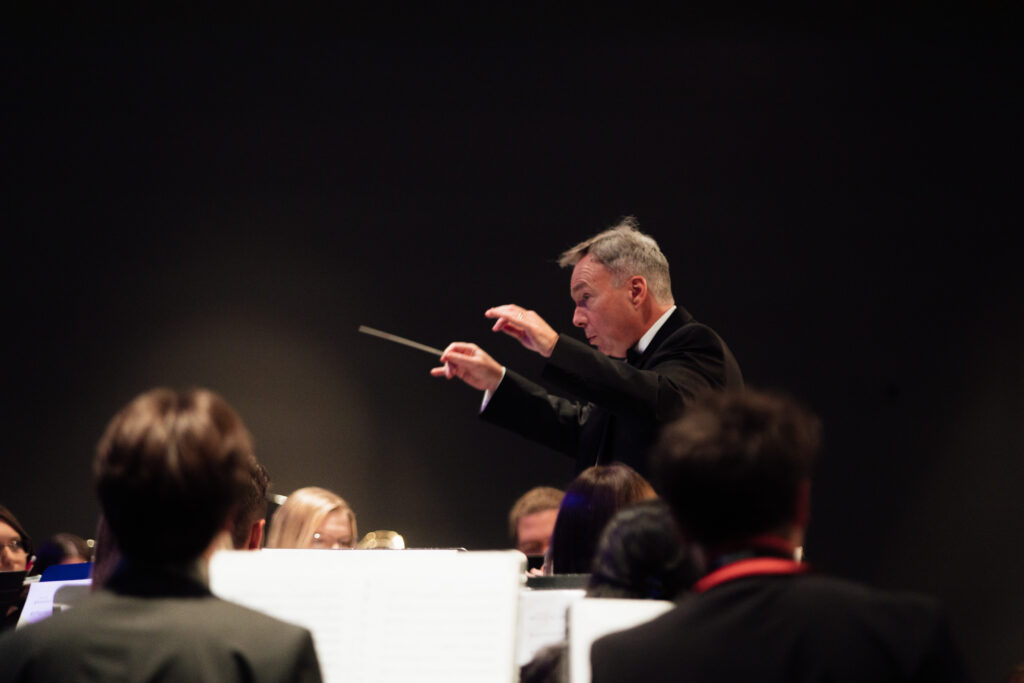Q&A with UM Ballet Master Barbara Haines


The Alabama School of the Arts offers University of Mobile students a world-class education taught by the best in their field. UM Ballet Master Barbara Haines is a prime example. She has taught ballet throughout the world, with students including the Hungarian Olympic Rhythmic Sport Gymnastic Team.
This internationally experienced ballerina and ballet master has performed as principal dancer for productions in The National Opera House of Hungary, the Hungarian Festival Ballet, Richard – Wagner Festspielhaus, Germany and in the Phantom of the Opera, an Andrew Lloyd Webber’s production touring through Denmark, Italy, Norway, Sweden, Austria, and Switzerland.
We talked with Haines about her professional dance career, research in alternative physical therapy, and passion for teaching UM students.
Q. The Beginning and Advanced Ballet courses you teach in the Alabama School of the Arts (ASOTA) are part of the theatre and musical theatre majors, and students majoring in other areas can take them as electives. What do students learn in your courses?
A. Beginning and Advanced Ballet courses are both very complex courses with hands-on, practical learning experiences. Students learn classical ballet methodology that they translate immediately in a special practical setting with the assistance of PBT (Progressing Ballet Technique) and Gyrokinesis foundation (alternative movement technique). Past years’ experience shows that by implementing PBT and Gyrokinesis, students have faster progress to master classical ballet skills. Beginning Ballet class breaks down in their weekly settings for Methodology, PBT & Gyrokinesis, and Classical Ballet practice at the barre, center stage and allegro exercises. The Advanced Ballet classes include dance history, modern ballet technique practice (Graham Technique) and choreography practice. At the end of our dance history journey, students create a short dance theatre choreography that unifies their work in voice, music, and movement.
Q. You have vast international experience that you bring to your teaching. What are some highlights of your background?
A. I have performed as a principle and chorus dancer in classical, neo-classical and contemporary ballet productions that were produced by prominent, world renowned choreographers and ballet masters, such as Ivan Markó and Maurice Béjart. That experience has influenced my 20-plus years in teaching and broadened my developmental research on alternative therapy, which I successfully applied at various ballet institutions. In addition to numerous certifications, I have a Bachelor of Arts in psychology and pedagogy from the Eotvos Lorand Academy of Science in Budapest, Hungary, and a Master of Arts in classical ballet pedagogy and cultural arts from the Hungarian Dance Conservatory in Budapest. Furthermore, I am currently pursuing my M.A./Professional Award Diploma in Choreology (dance notation) at the Royal Academy of Dance, London.
Q. You mentioned an interest in movement research.
A. I have spent the last 15 years focusing on an extensive practice to identify and rehabilitate chronic dysfunctional movement in dancers and athletes. I introduced an alternative physical therapy method of Gyrokinesis to dancers from the Washington D.C. Ballet and students at the University of Mobile. Gyrokinesis exercises simultaneously stretch and strengthen muscle groups in a way that is identical to the range of motion needed in dance class, increasing flexibility in a usable way. In addition, I have had the opportunity to work alongside rehabilitation cases which required an orthopedic approach for full recovery.
Q. Recently, you were invited by the Hungarian Academy of Arts, Institute of Art Theory and Methodology to participate in an international conference.
A. The topic of discussion was “How the Vaslay Nijinsky Tradition has reflected on the history of Classical Ballet.” I joined to this conference my felt art pieces that reflect Nijinsky’s most iconic figurines in his ballets. Why felt? Our modern world is based on global network information exchange, in particular using graphic forms or written communication. There are three main type of communication: spoken, gestural and graphic. Graphic communication is the only type of communication that is capable of transmitting, translating and preserving a message. Studying ancient rock arts, dance notation, tribal dance cultures, and archaic folk tale figurines through the art of felt provided an essential connection to understand Nijinsky’s primitive yet modern choreography. This dramaturgy gave me the answer to the long-awaited OPEN question regarding Nijinsky’s ballet. Where did his grotesque steps come from? I am constantly seeking inherited forms through contemporary rhythm – rhythm of the materials that helps students contrasting vertical and horizontal movements to extend their inner emotions via organic body movements. Felting is part of my ongoing dance anthropology research, and one of my pieces, “Movement and Metaphor” – Nijinsky’s Jeux has received a finalist award in an international juried art exhibition.
Q. Why do you choose to teach at the University of Mobile?
A. I chose to teach at the University of Mobile to be able to provide an environment of the highest caliber in both practice and preparing students to enter musical theatre as a profession. Our current ballet curriculum supports development of diverse skills in classical and contemporary dance techniques, dance science, historical perspectives, musical inquiry, as well as technical and artistic integration of dance-specific projects with other departments within the Alabama School of the Arts.

Kathy Dean uses her passion for storytelling and “playing with words” to share the stories of people, place and purpose that make the University of Mobile unique. As associate vice president for university communications, she manages media relations, edits the TorchLight alumni magazine, and oversees university communications. A former award-winning journalist, she is a two-time recipient of the Baptist Communicators Association grand prize for feature writing. Kathy and her husband, Chuck, live with three extremely loud miniature schnauzers.



